Matcha is a high-quality Japanese finely ground green tea with a centuries-old history. It originates from the evergreen plant Camellia Sinensis. History tells us that it appeared more than 800 years ago, when a Buddhist monk brought the elixir of life from China and planted a tree called Matcha. Literally translated, Mat-cha means tea powder.
Unlike ordinary tea, Matcha is grown in a special way and the most attention is given to its harvest. It is important, just before harvesting, to "shade it" so that large amounts of chlorophyll can accumulate in its leaves.
The leaves of the tea tree, once collected, are ground entirely by hand with large granite stones. This is an extremely labor-intensive job and for this reason its price is high. Only 40 g of powder is prepared for one hour of manual work on the leaves. Interestingly, this process of work has not changed to this day.
Green tea has been known for many years for its human health benefits, but Matcha tea provides such benefits, which are many times more, with up to 10 times more beneficial ingredients.
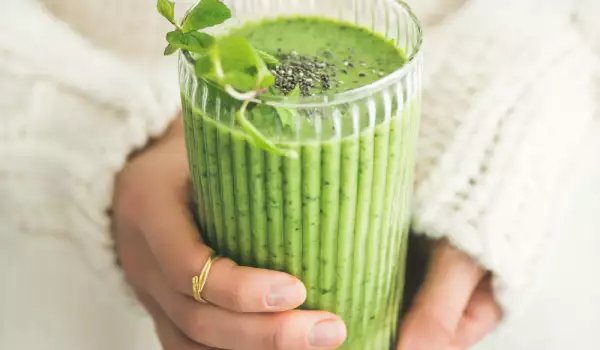
Matcha leaves contain a high concentration of catechins, chlorophyll and others, and they, in turn, contribute to energizing, speeding up the metabolism and overall increase of vital functions in humans.
Matcha tea is a natural panacea with its amino acids and natural fiber, it boosts the immunity, makes us feel energized, full of energy, helps reduce body weight, lowers cholesterol.
Every sip of aromatic Matcha tea brings us a breath of the sea and mountain freshness. It is no coincidence that it is called the elixir of Life.
There is a procedure for making Matcha tea and it includes several points:
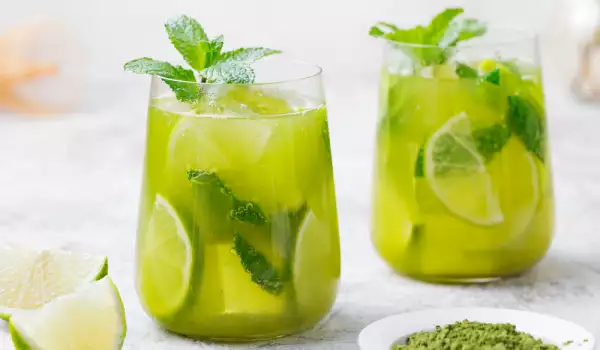
1. Pour the 190°F (90°C) water into the traditional porcelain bowl for Matcha, called chawan and place the traditional spoon, stirrer, called chasen. Leave the water aside for a few minutes. This way the bowl is heated and the pores of the porcelain are opened.
2. Remove the chasen and chawan, remove the water from the bowl and dry with a cotton towel.
3. Pour 2 g of tea into the bowl, this is 2 teaspoons.
4. Pour 1/3 cup (80 ml) of water with a temperature of 190°F (85°C), it is important that the water is not boiling.
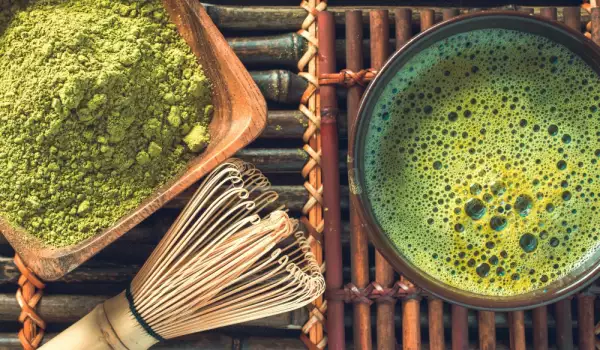
5. With the chasen, begin to stir in zigzag motions, until the tea powder is completely broken.
6. Enjoy this unique tea!
Of course, this is a tea ceremony and it would be difficult to do outside of Japan, so it is quite possible to prepare it in a much easier way, with the only important thing being to observe the degrees of the water.
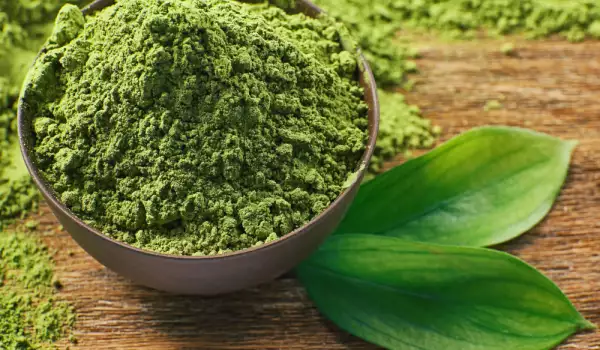
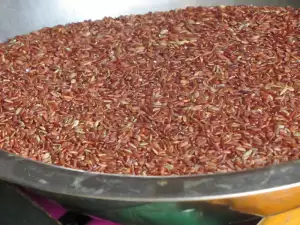
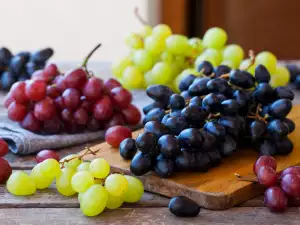
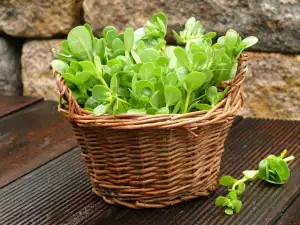

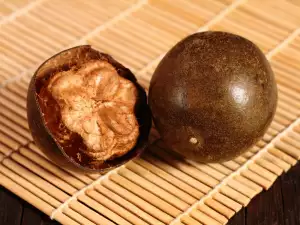
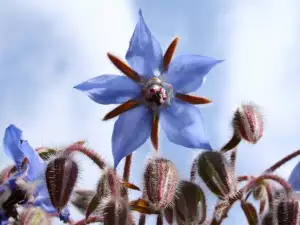

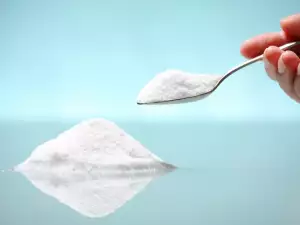
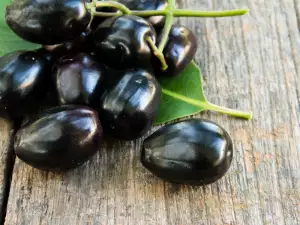

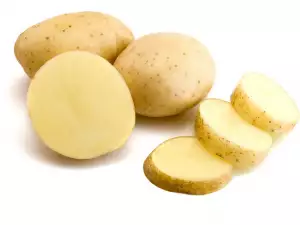

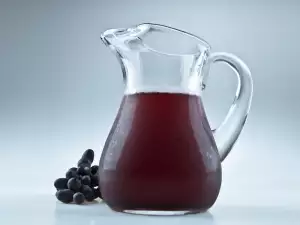
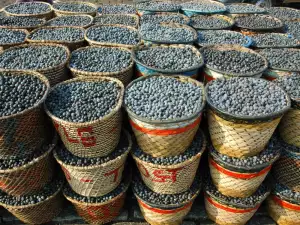
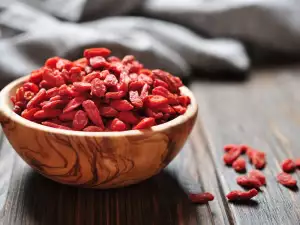




Comments